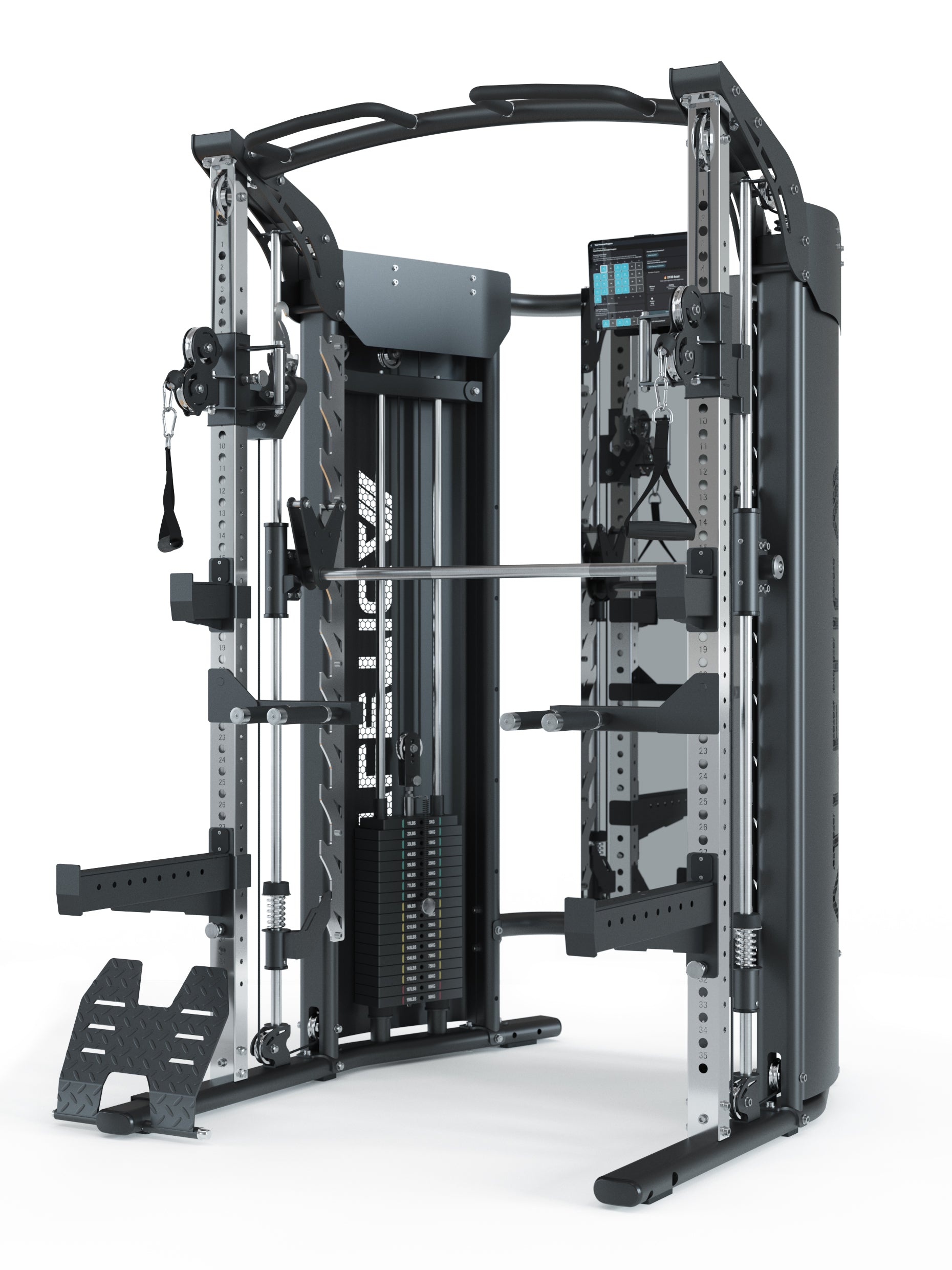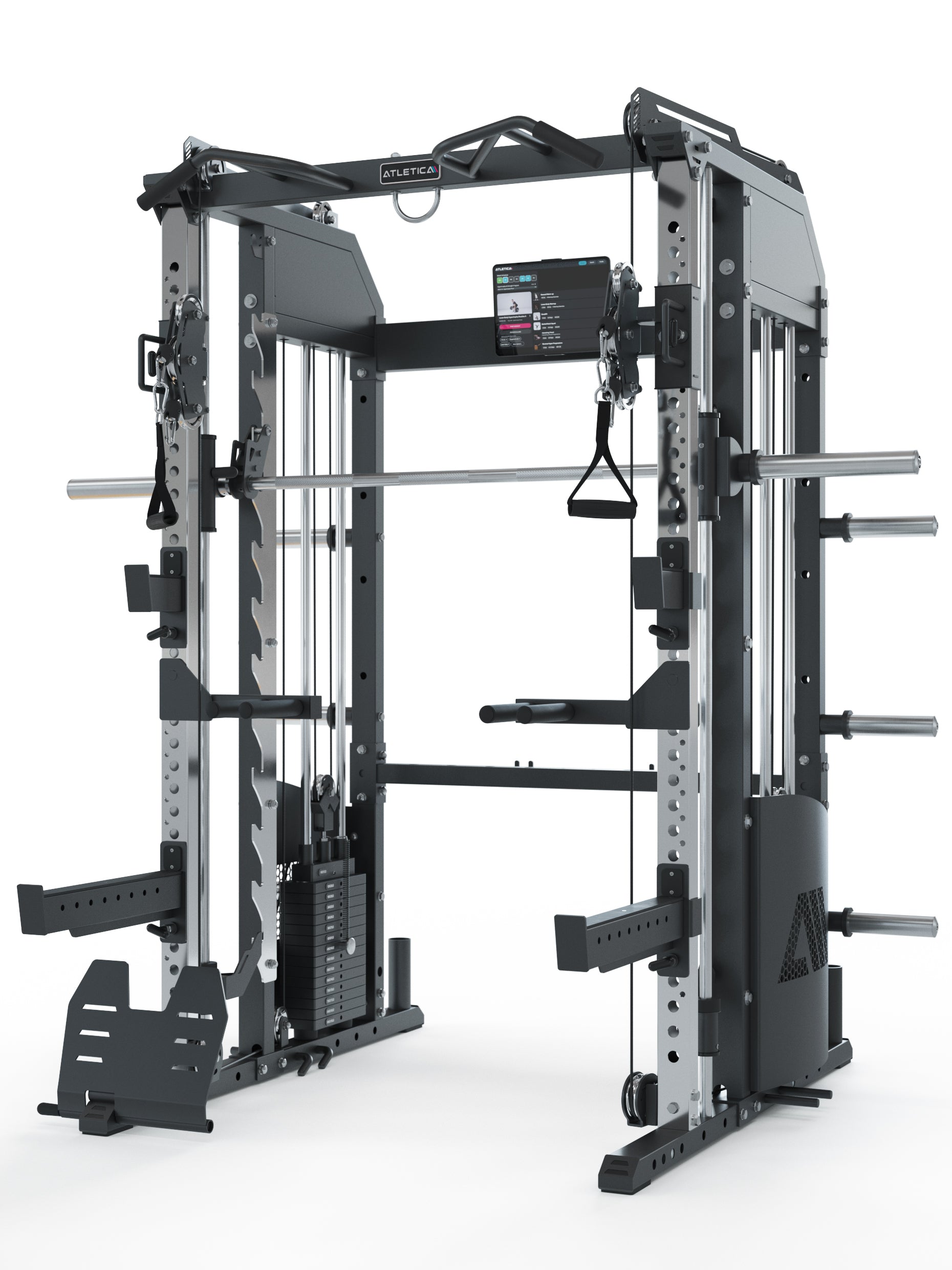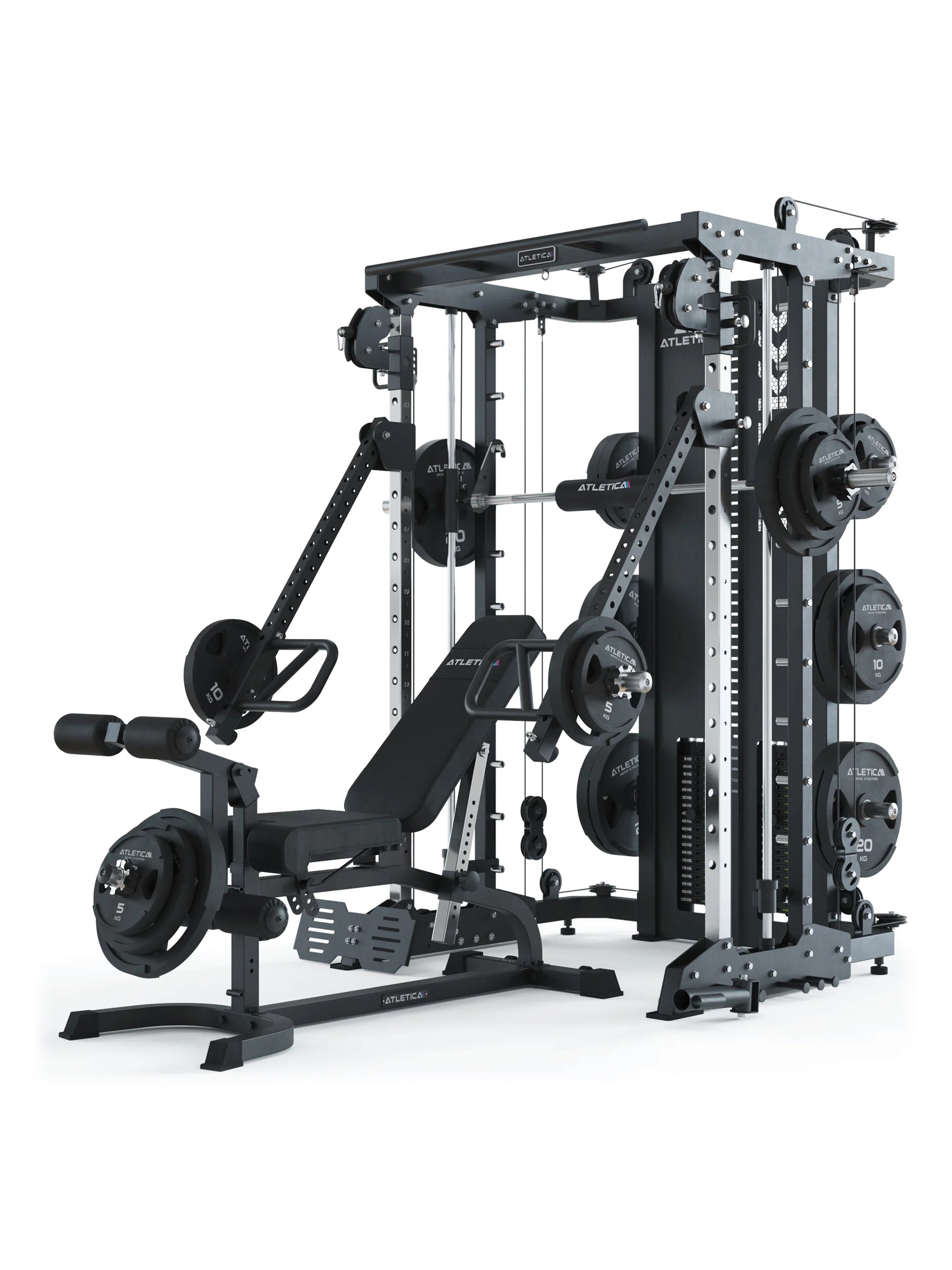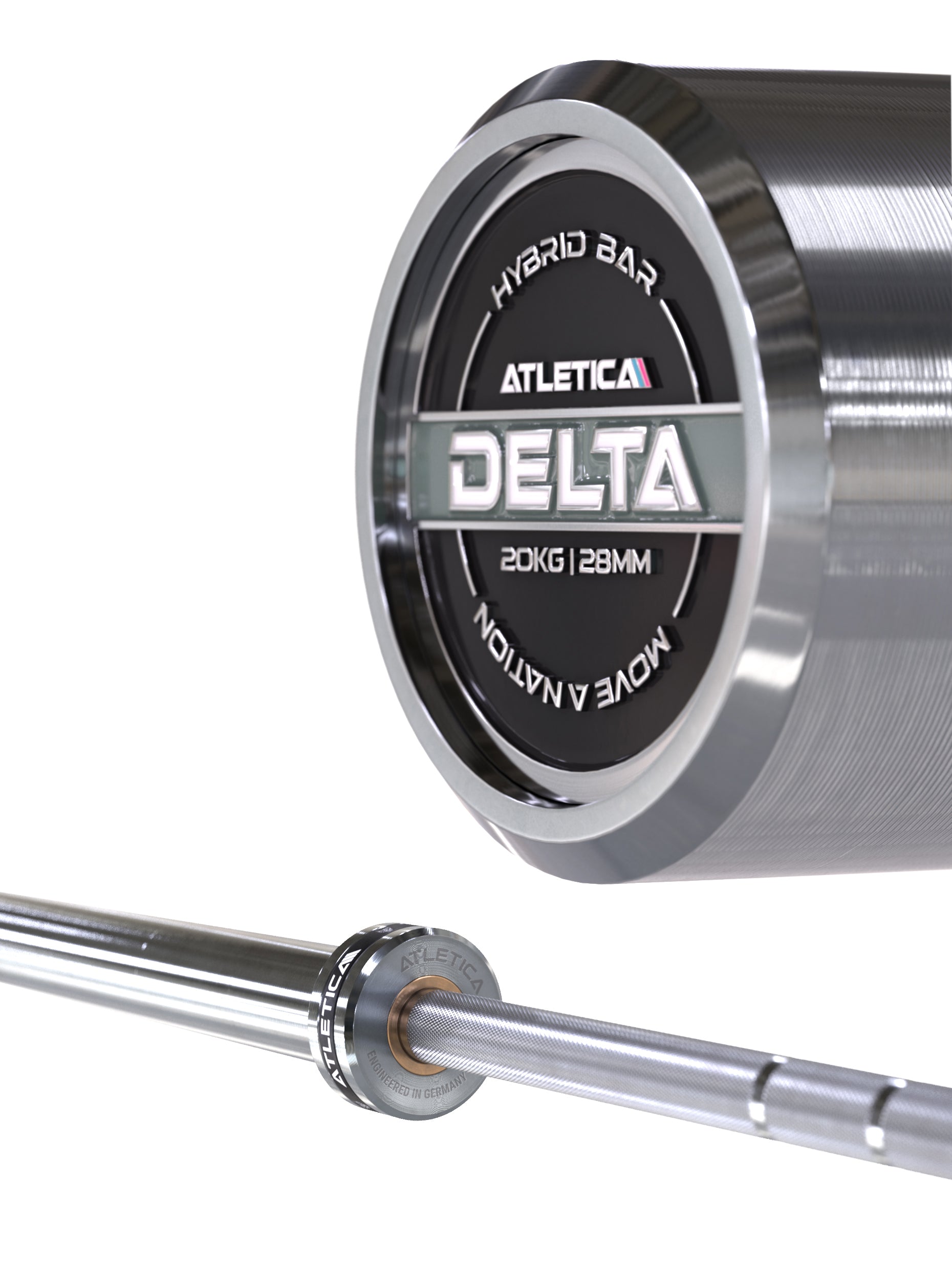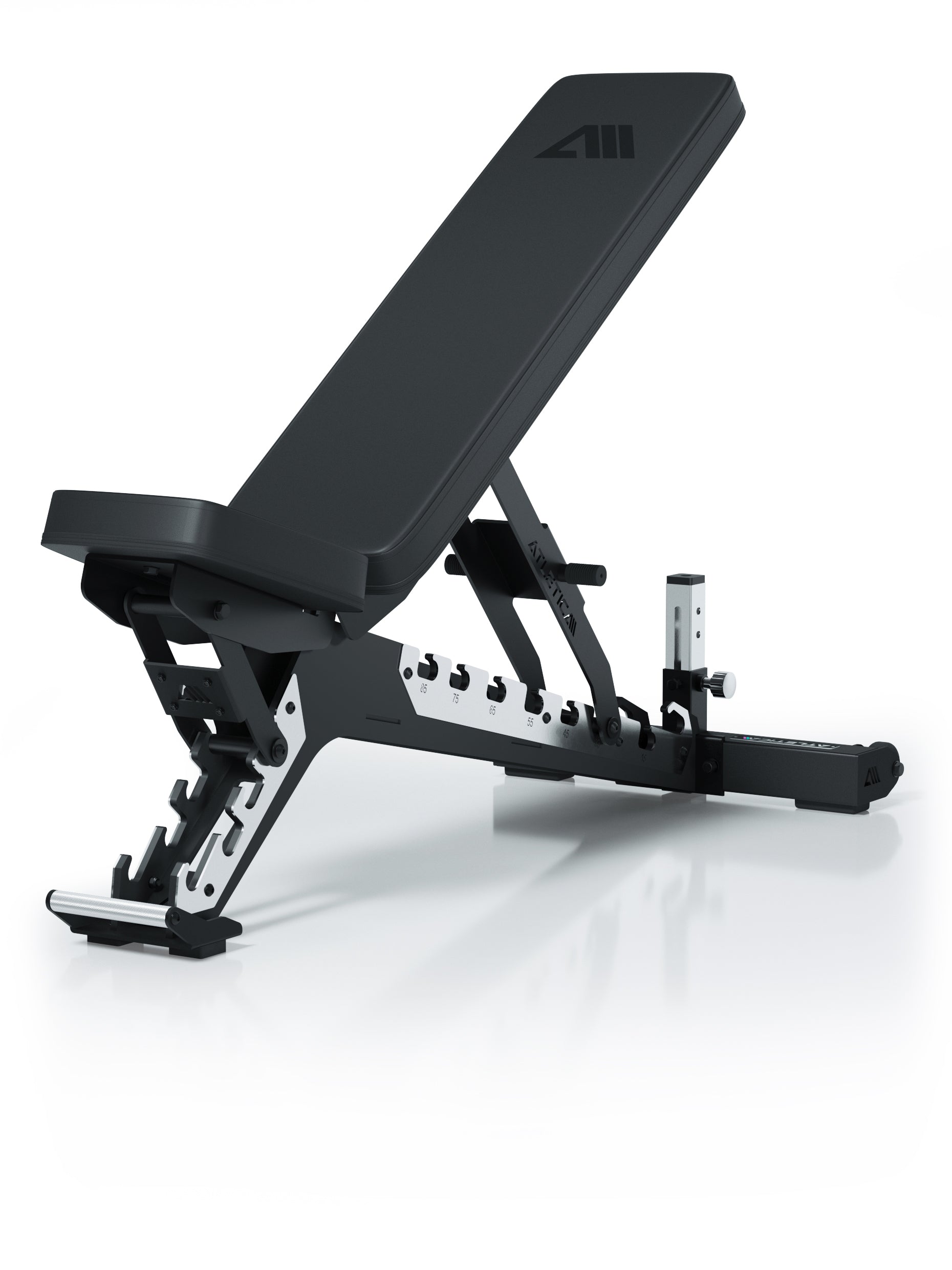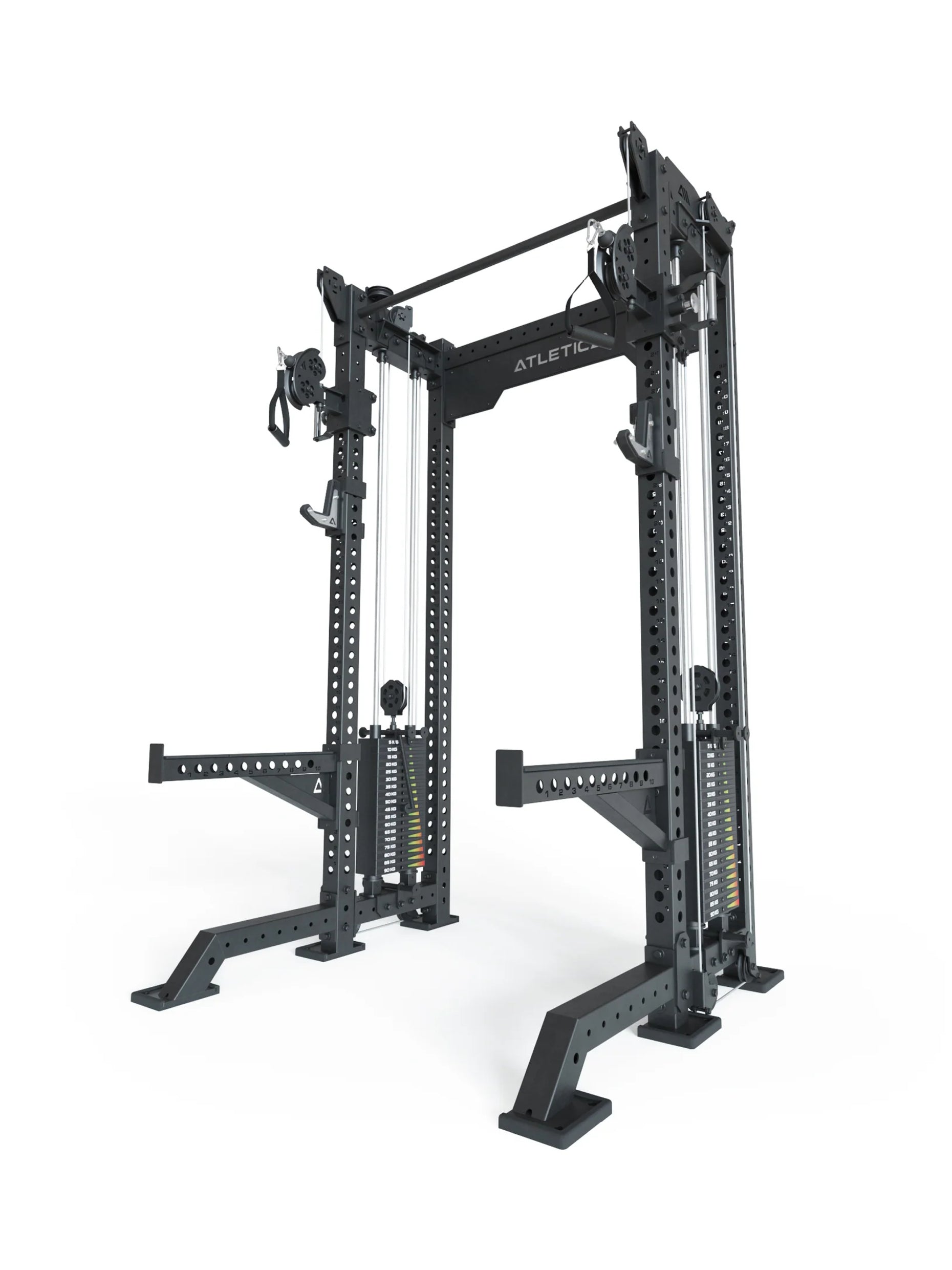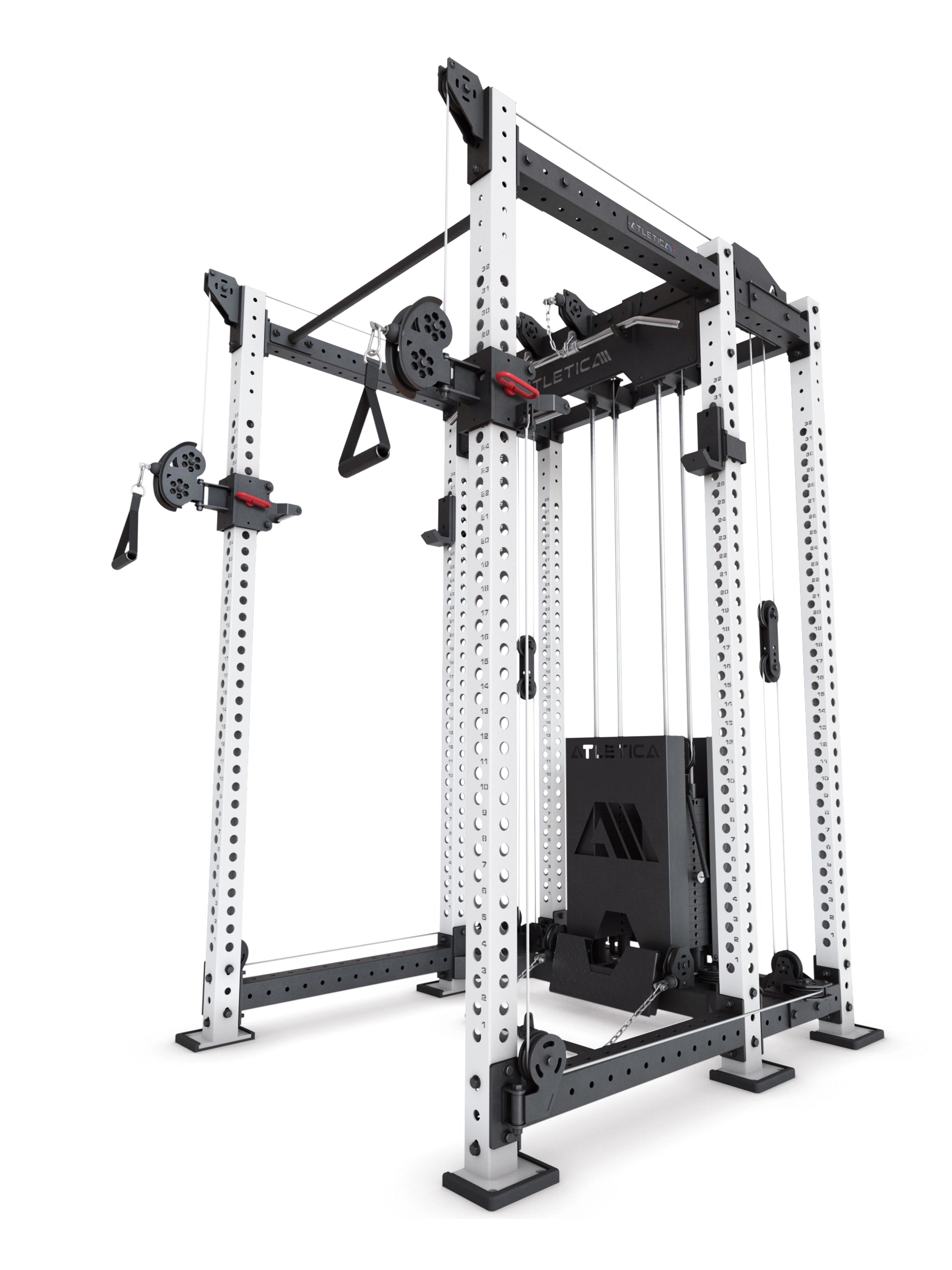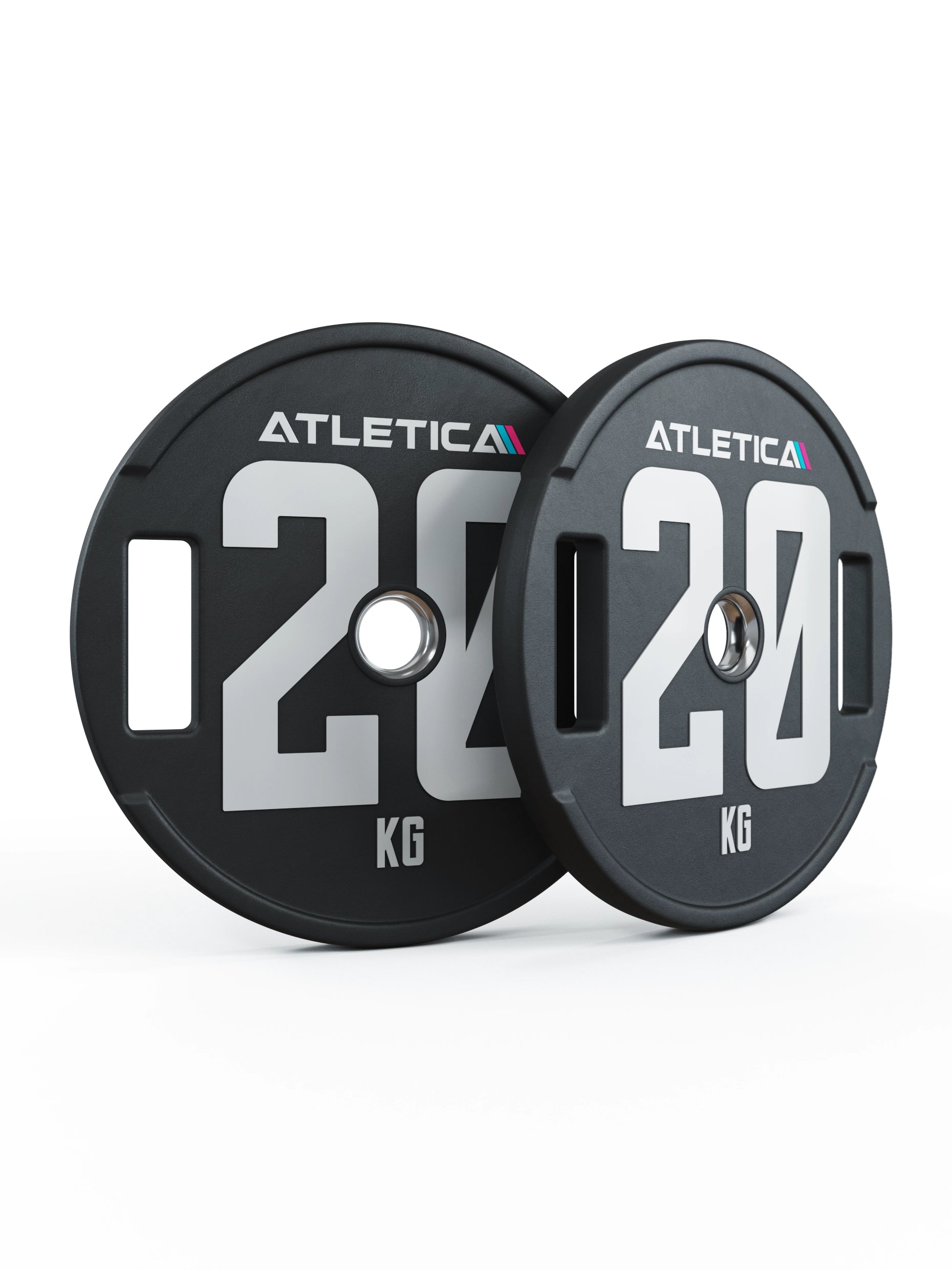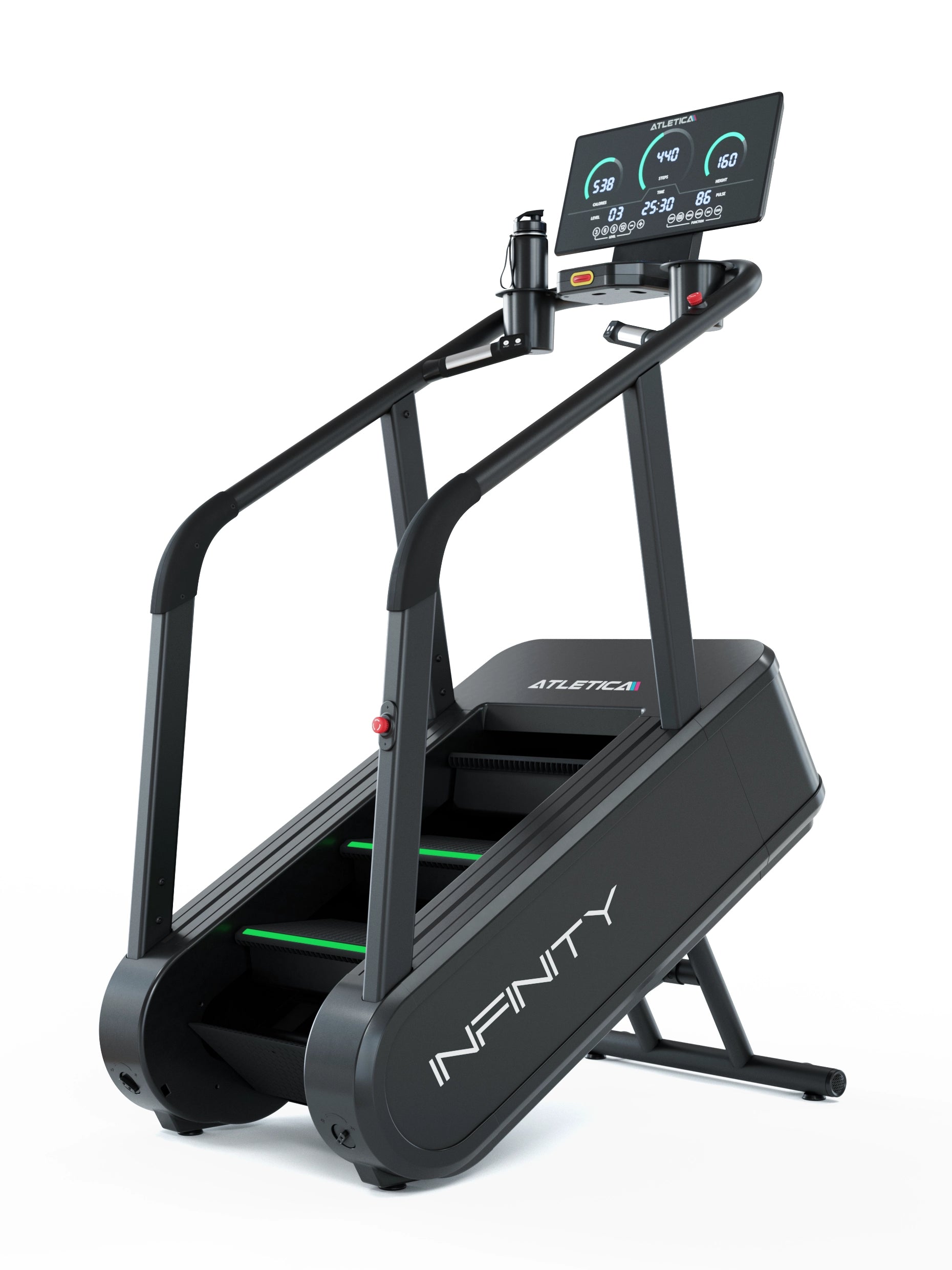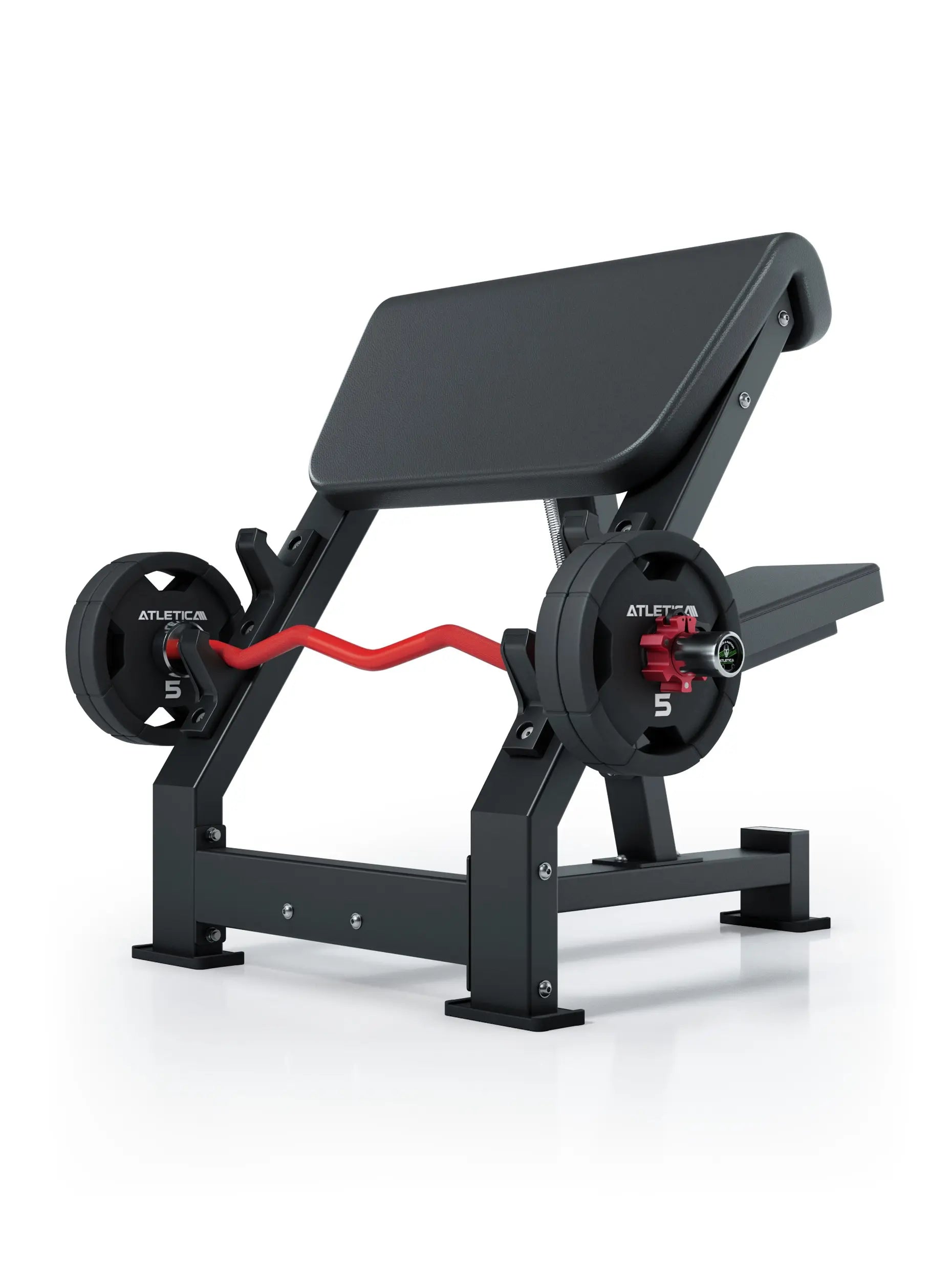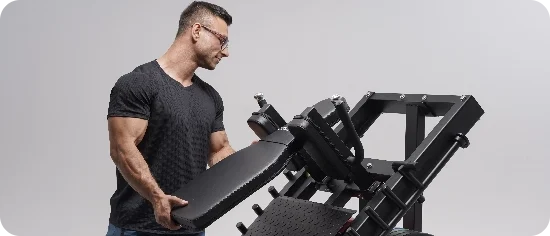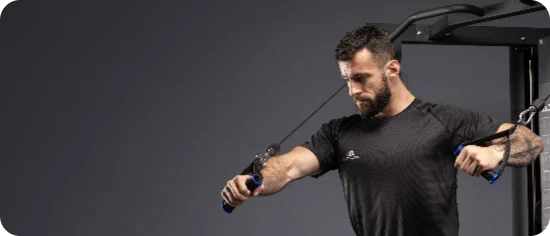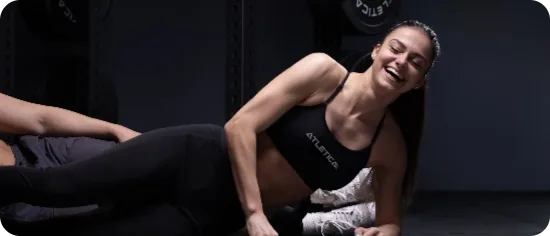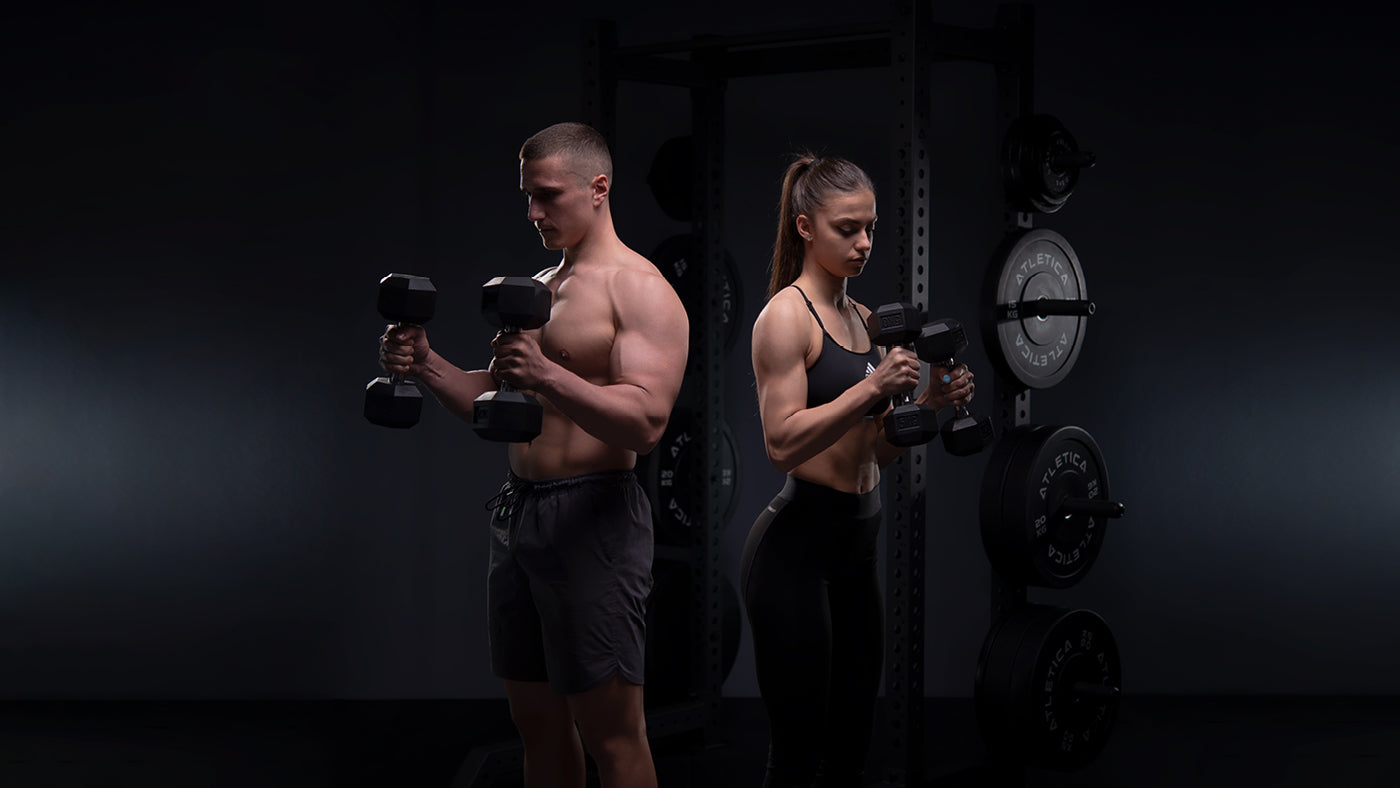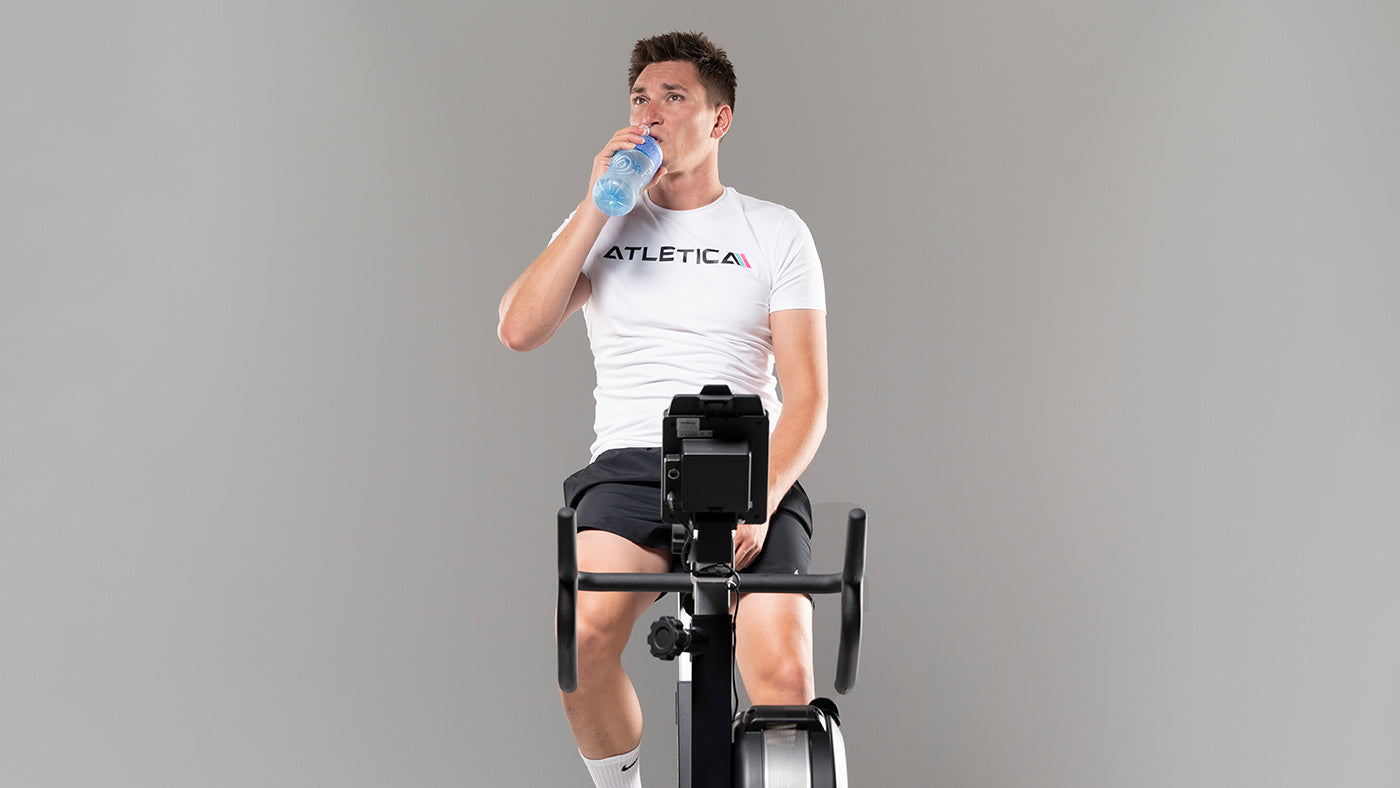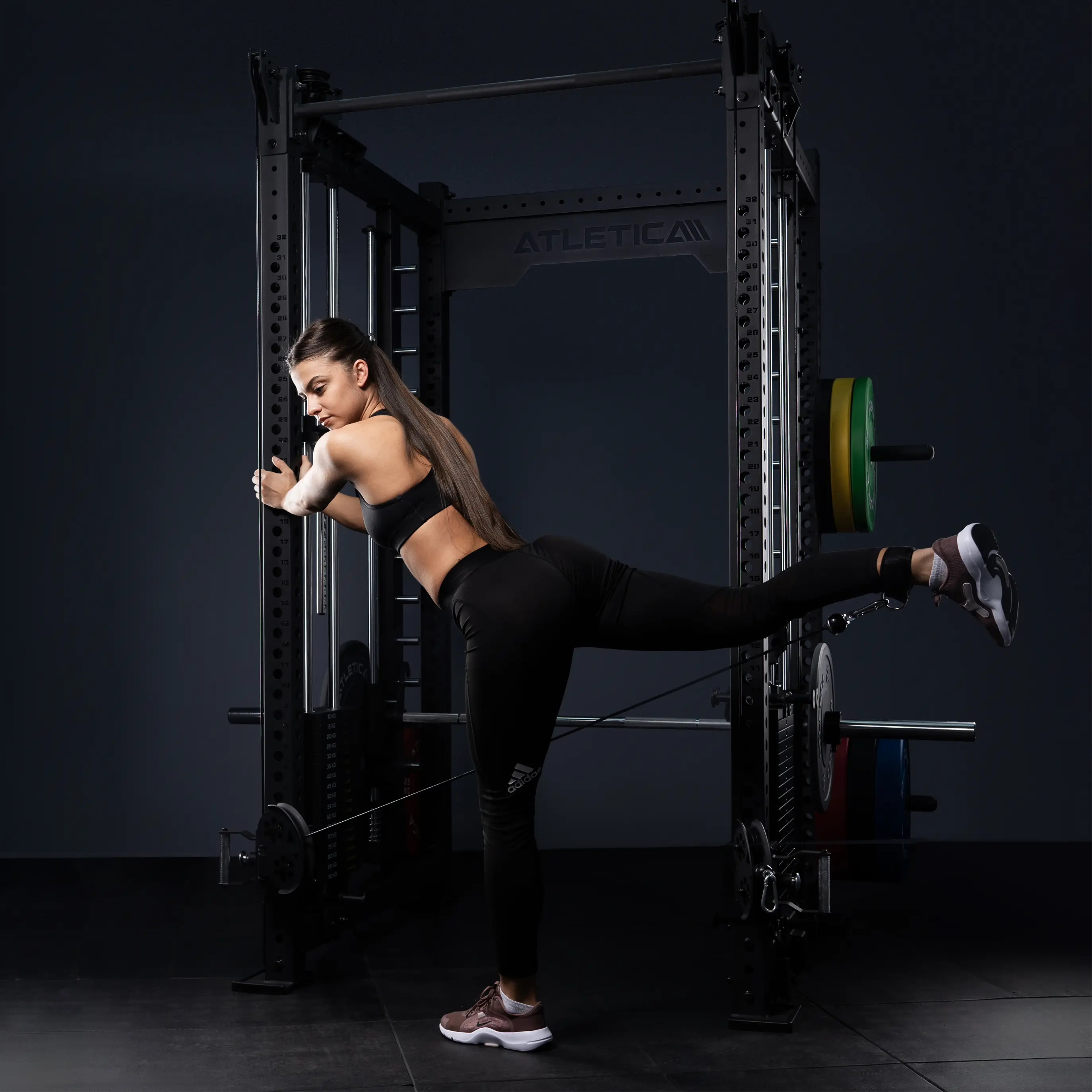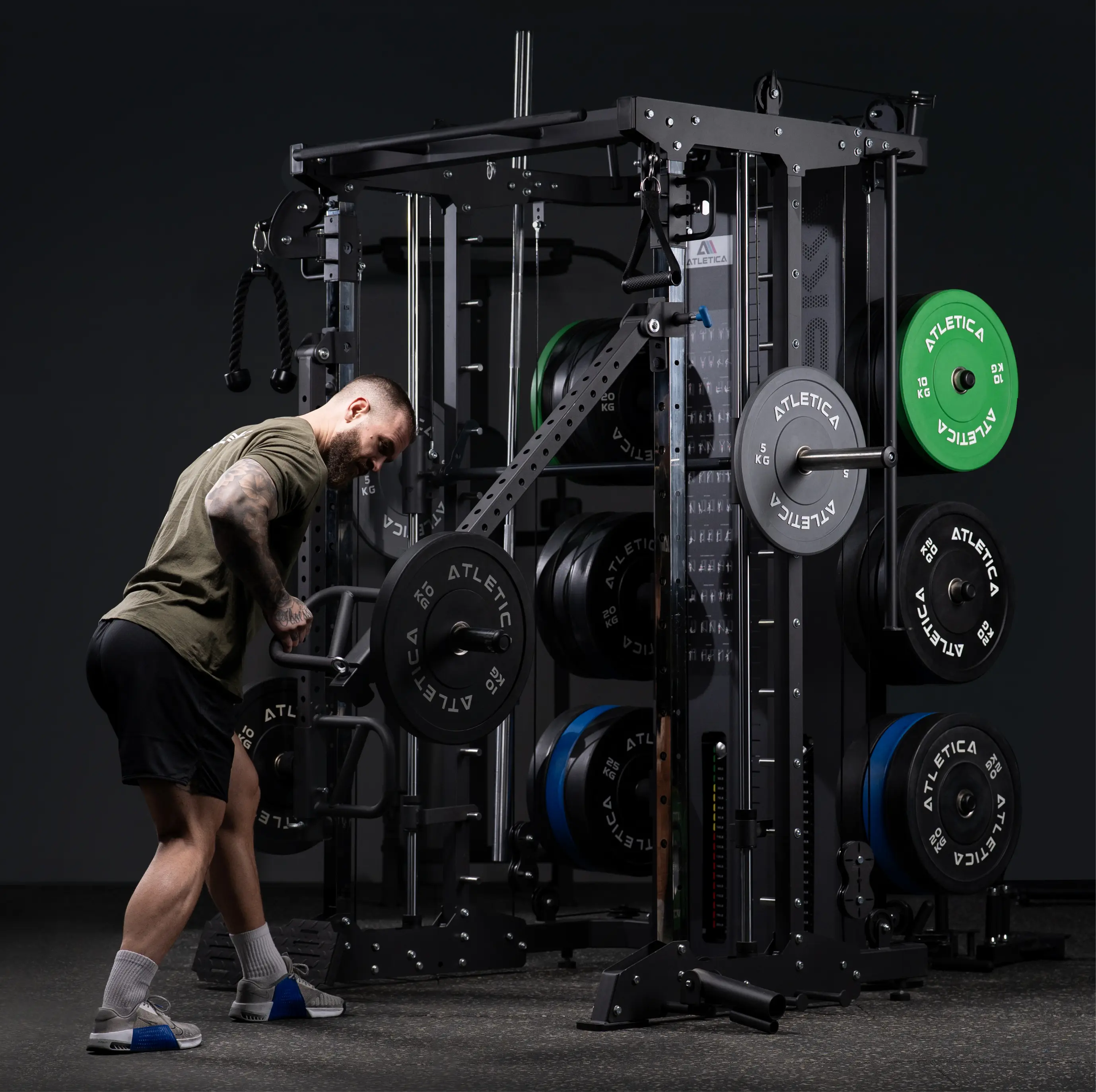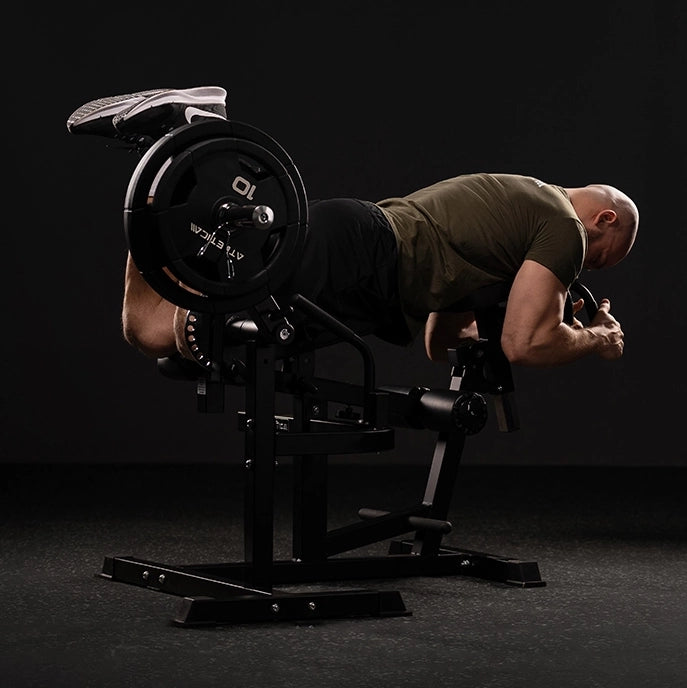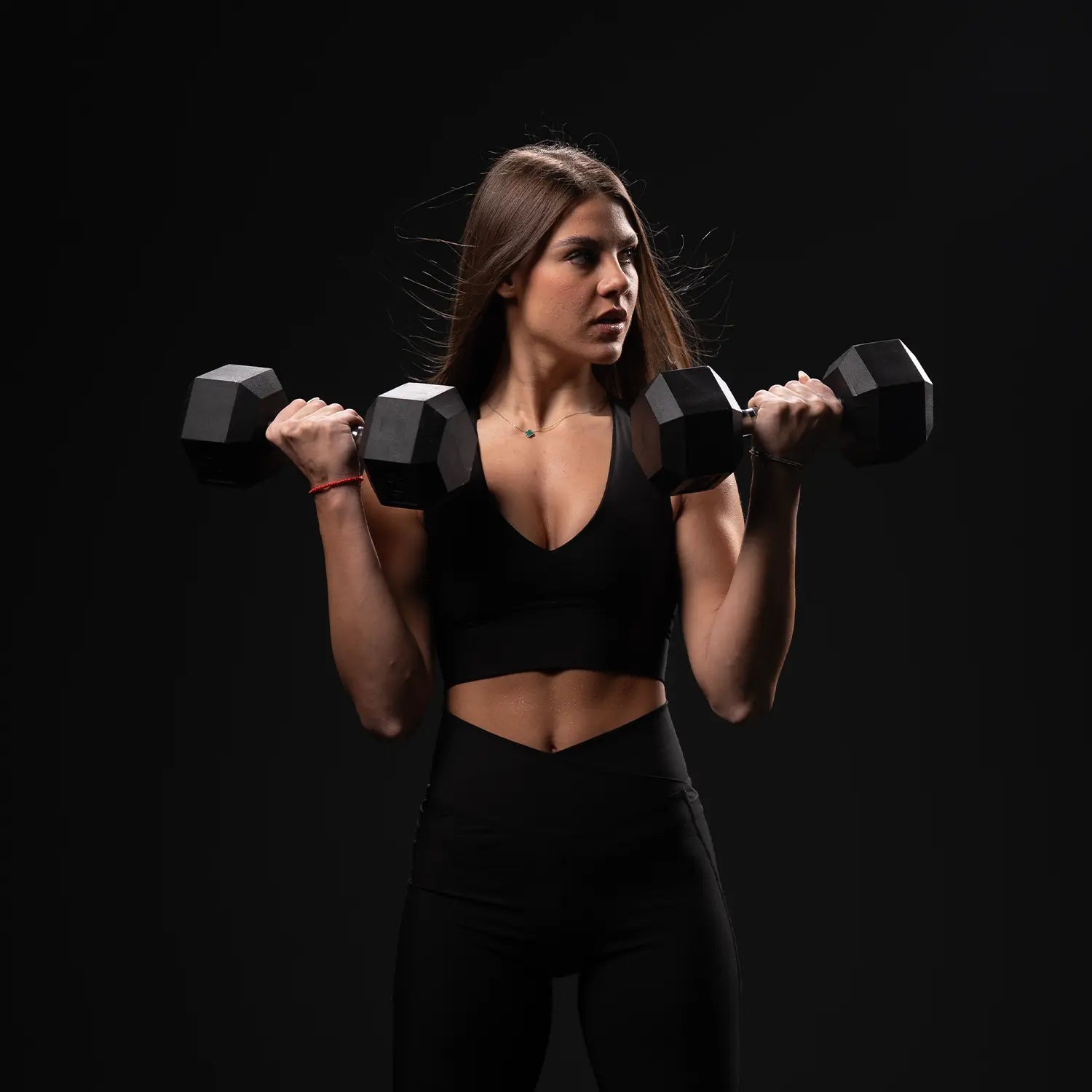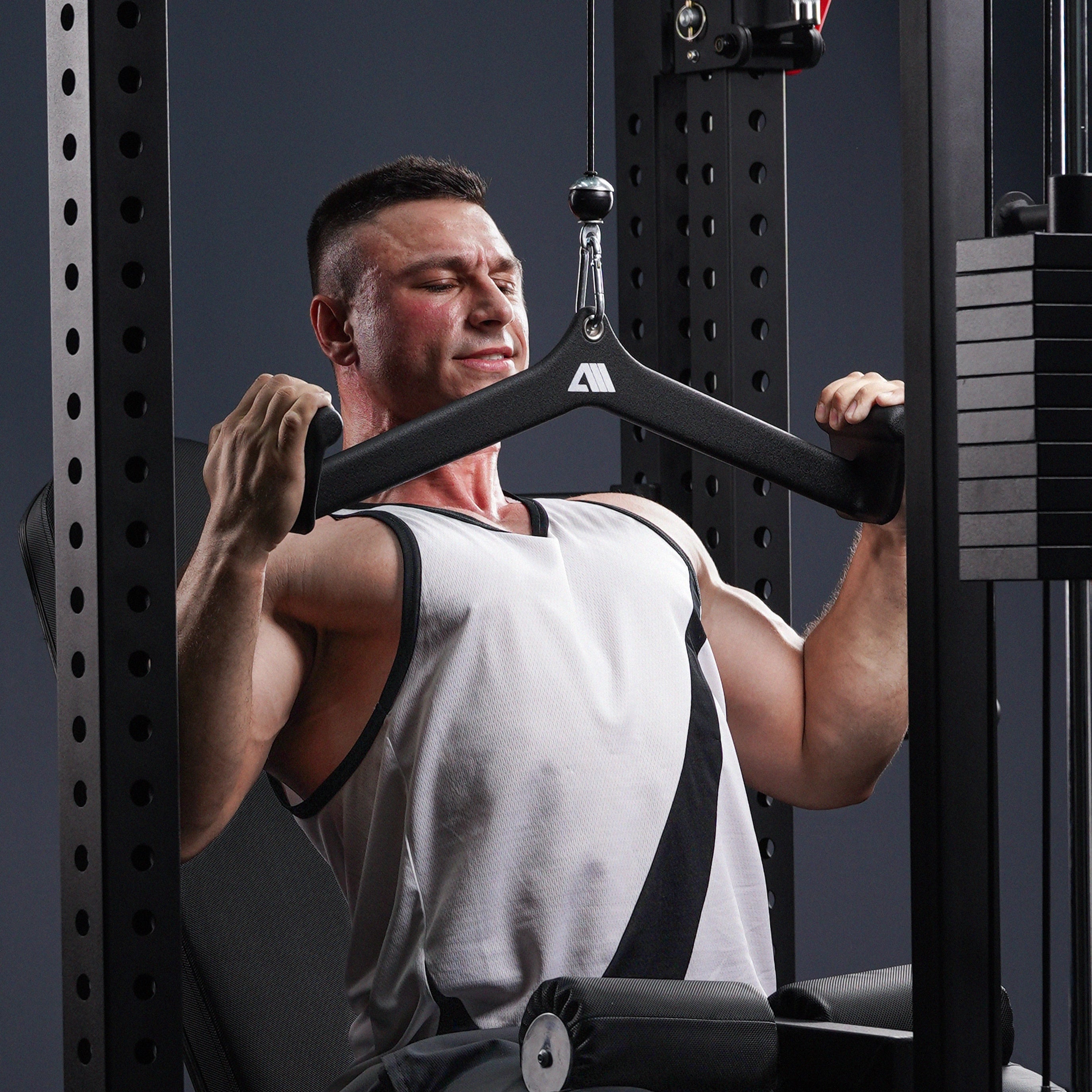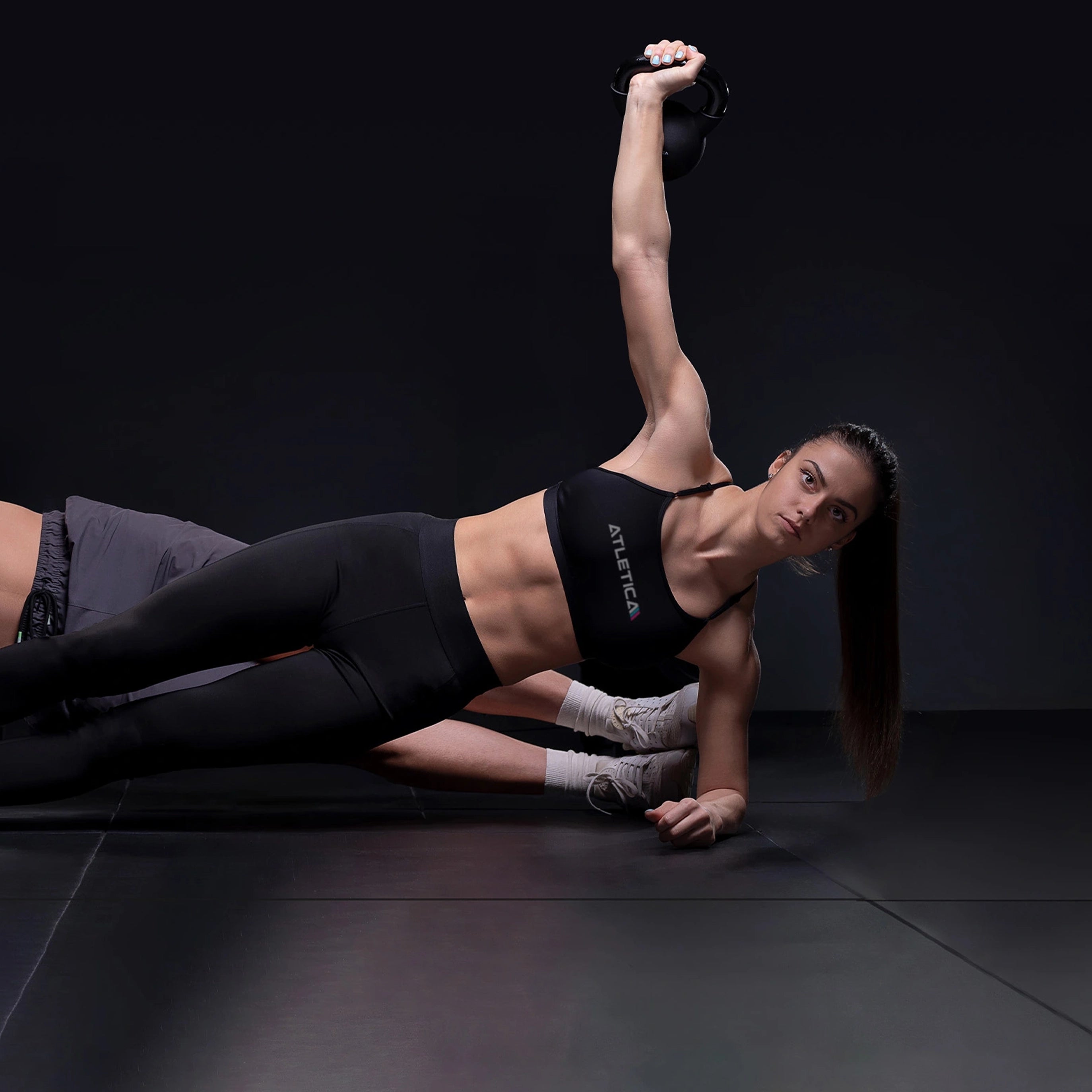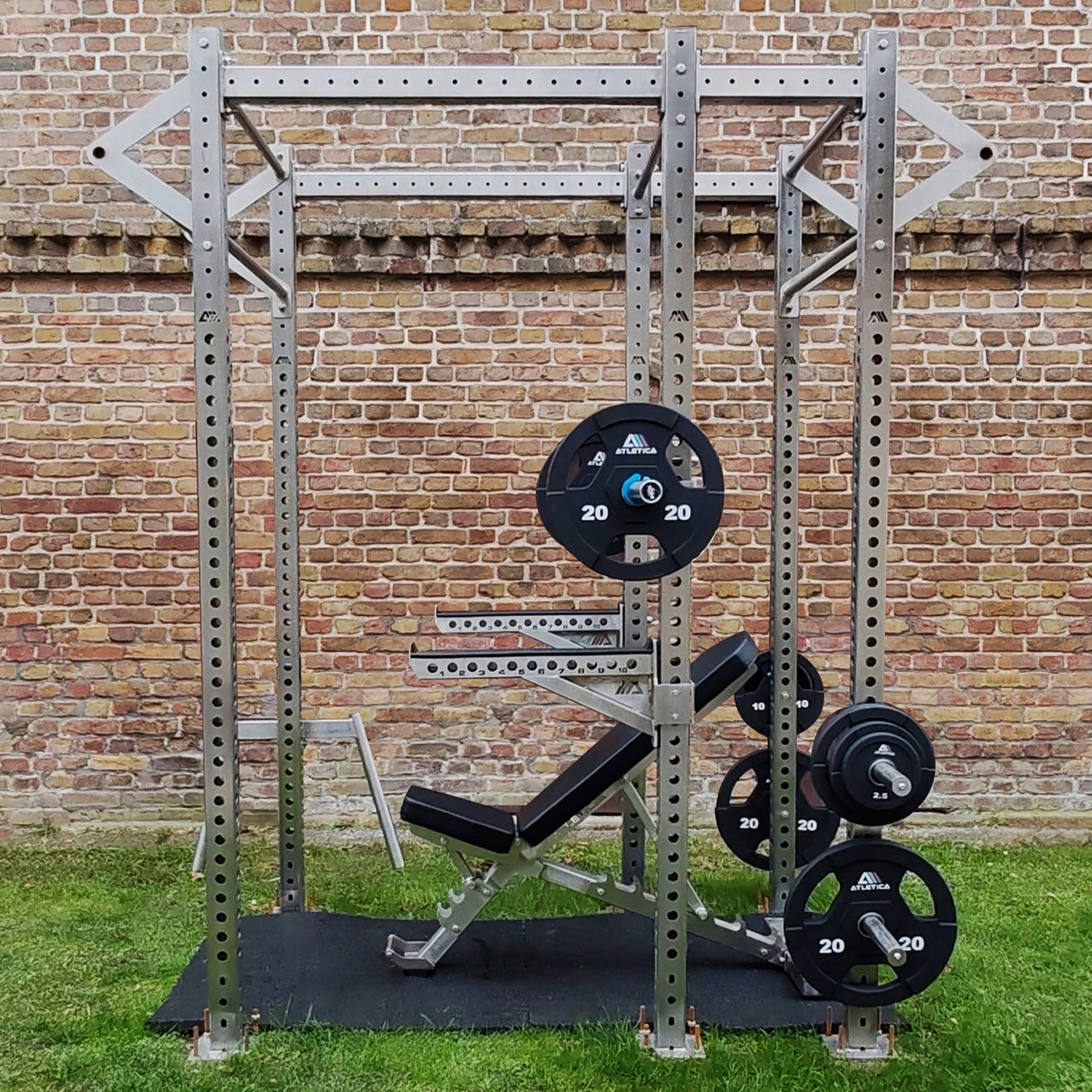A healthy back is the foundation for good posture and pain-free mobility. Back stretching helps relieve tension, increase flexibility, and relax muscles – especially after a long day at work or intense training. In the following article, you'll learn why back stretches are so important, which exercises will help you, and how to properly integrate them into your daily routine. Discover the best tips for a healthy and flexible back!

What is back stretching?
Back stretching refers to targeted stretching exercises that aim to stretch the muscles along the spine, in the upper and lower back, as well as in the hips and shoulders. These exercises promote flexibility, relieve tension, and improve mobility of the spine and surrounding muscles. Back stretching is especially important for reducing pain and stiffness and improving overall posture.
Why is back stretching important?
- Reduction of tension: Many people experience back tension due to prolonged sitting or poor posture. Stretching helps relieve this tension.
- Promoting flexibility: Regular stretching increases the range of motion of the spine and the back and hip muscles.
- Injury prevention: Flexible muscles reduce the risk of strains and other injuries.
- Pain relief: Stretching can help relieve pain, especially in cases of chronic back pain or after physical exertion.
- Improve posture: Back stretches help improve posture and promote an upright spine.
Which muscle groups are stretched during back stretching?
- Upper back muscles (trapezius and rhomboids): These muscles play a central role in stabilizing the shoulder blades and neck.
- Middle back (erector spinae): These muscles along the spine help maintain posture.
- Lower back muscles (lumbar spine): Stretching exercises can help relieve tension in the lower back, which is often caused by prolonged sitting or poor posture.
- Hip flexors: Shortened hip flexor muscles can put strain on the spine, which is why stretching them is also important.

Back stretching is a simple yet effective way to increase flexibility, relieve tension, and prevent long-term back pain. It should be incorporated into your routine regularly to reap the health benefits.
Your Atletica Top 5 Back Stretching Exercises
Here are five effective back stretching exercises that help increase flexibility, relieve tension, and relax muscles. These exercises can be performed both before a workout and after a long day at work to keep your back flexible and pain-free:
1. Cat-Cow Stretch
- Target muscles : back, spine, hip flexors
- Version :
- Get on all fours, hands under your shoulders, knees under your hips.
- Inhale and arch your back downward (cow) while pulling your head up.
- Exhale and round your back upwards, pulling your chin towards your chest (cat pose).
- Repeat the movement for 10-15 repetitions.
- Benefit : Promotes spinal flexibility and relieves tension in the upper and lower back.
2. Child's Pose
- Target muscles : back, hips, thighs
- Version :
- Start in a squat and place your buttocks on your heels.
- Stretch your arms forward and gently lower your forehead to the floor.
- Hold the position for 20-30 seconds and breathe in and out deeply.
- Benefit : Stretches the lower back and helps relax the hip and thigh muscles.

3. Seated Spinal Twist
- Target muscles : spine, back, hips
- Version :
- Sit on the floor with your legs stretched out.
- Bend one leg and place the foot on the outside of the other thigh.
- Turn your upper body towards the bent knee and hold your thigh or knee with your hands.
- Hold the stretch for 20–30 seconds and switch sides.
- Benefit : Improves spinal flexibility and helps promote rotation.
4. Hip flexor stretch in lunge (Lunge with a Twist)
- Target muscles : hip flexors, lower back, thighs
- Version :
- Go into a deep lunge with your back knee almost touching the floor.
- Place the opposite hand on the floor and turn the upper body to the opposite side, stretching the upper arm upwards.
- Hold the position for 20-30 seconds and then switch sides.
- Benefit : Stretches the hip flexors and opens the lower back.
5. Lying back stretch (Supine Spinal Twist)
- Target muscles : back, spine, hips
- Version :
- Lie on your back and pull both knees towards your chest.
- Gently turn your knees to one side while turning your head to the other side.
- Hold the position for 20-30 seconds and then switch sides.
- Benefit : Stretches the spine and promotes hip flexibility.

Tip for back stretching
Incorporate these exercises into your routine regularly, especially after a workout or during the workday, to keep your back flexible and prevent tension. Make sure to perform each stretch slowly and with control to achieve maximum relaxation and flexibility.
Which fitness equipment helps?
Certain fitness equipment can make back stretching even more effective by providing additional support, intensifying the stretches, or specifically loosening the muscles. Here are the best equipment to help you optimize your back stretching:
1. Foam roller (fascia roller)
- Why? : Ideal for self-massage and loosening tense back muscles.
- Example: Use the foam roller to roll along the spine and over the upper back to release tension.
- Advantage: Promotes blood circulation, relieves muscle tension and improves the flexibility of the back muscles.
2. Suspension trainer (TRX)
- Why? : Provides support and stability during functional stretching exercises.
- Example: Use the TRX band to perform gentle back stretches, such as the chest and shoulder stretch or the suspended spinal twist.
- Advantage: Improves mobility while strengthening the body's stabilizing muscles.
3. Exercise ball
- Why? : The exercise ball helps to bring the hips and back into a comfortable stretching position and promotes greater mobility.
- Example: Stretch your calves, hamstrings, and hip flexors by kneeling on the ball and bending forward to stretch your back and hip muscles.
- Advantage: Supports a gentle, deeper stretch while relieving pressure on the spine.
4. Stretching stick (mobility stick)
- Why? : Helps perform controlled movements that improve spinal flexibility and mobility.
- Example: Use the mobility stick to perform twisting movements to stretch the spine and promote flexibility in the shoulders and back.
- Advantage: Improves spinal mobility and allows for more intense stretching.
5. Stretching bench or stretching ramp
- Why? : These devices provide a stable base for deeper stretching exercises, which can be particularly beneficial for back problems.
- Example: Use a stretching bench to stretch your back and thigh muscles by slowly lying down.
- Advantage: Provides a controlled stretch that is gentle and effective.
6. Resistance bands
- Why? : Ideal for targeted stretching exercises that promote deep stretching and mobilization of the back muscles.
- Example: Use resistance bands to perform gentle stretches of the back and thigh muscles, such as the "Standing Hip Flexor Stretch."
- Benefit: Increases the intensity of stretches and improves flexibility.
7. Yoga blocks
- Why? : Supports proper positioning and helps deepen the stretch.
- Example: Use yoga blocks to stabilize the position in Child's Pose and intensify the stretch in the lower back.
- Benefit: Allows for deeper stretches and promotes proper alignment.

Conclusion on back stretching
With fitness equipment such as foam rollers, suspension trainers, and stretching benches, you can intensify your back stretches and specifically relieve tension. They provide additional support and help make stretching more effective and safer. In the Atletica online shop, you'll find a wide selection of fitness equipment to help you improve your back mobility and relieve pain!





